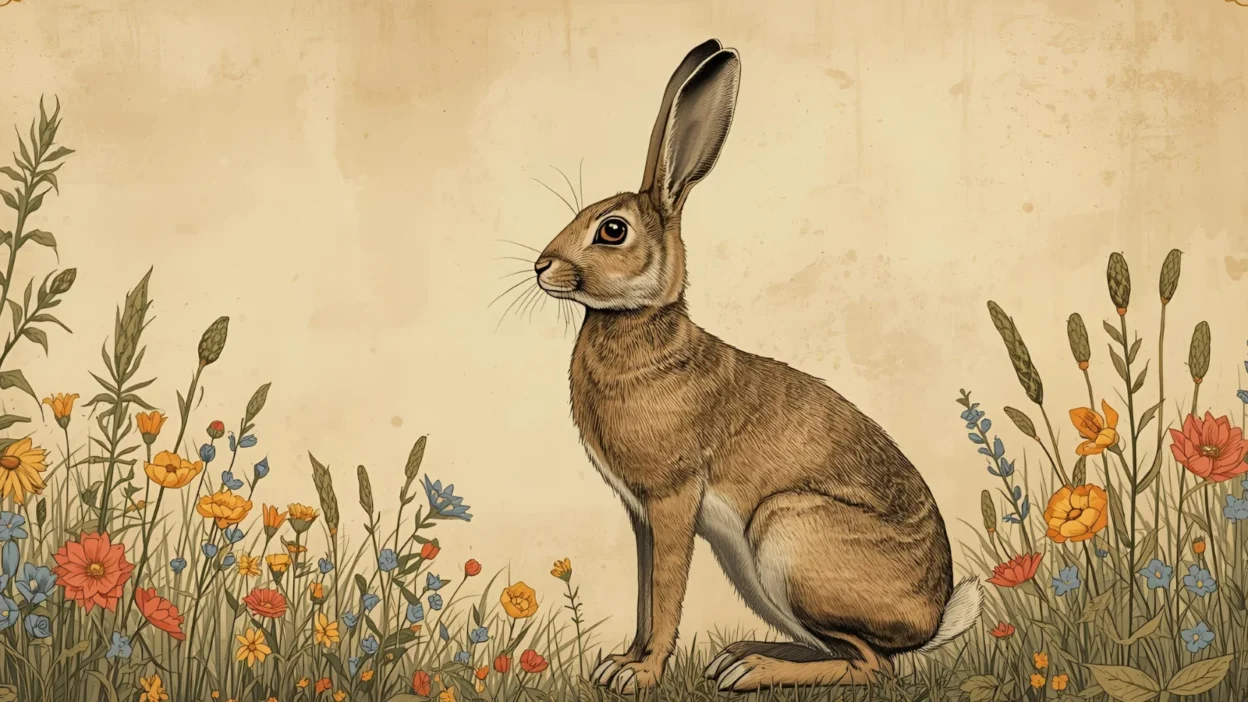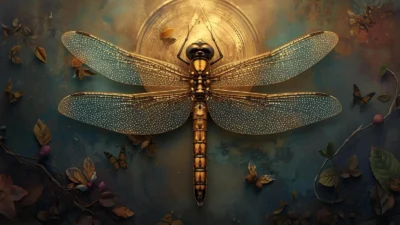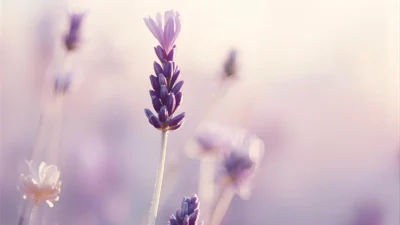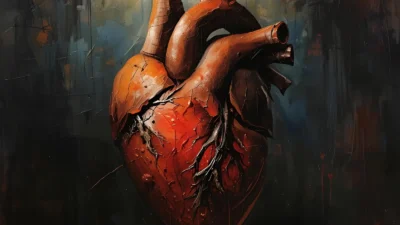Imagine you’re walking through a quiet field at dawn. The grass is heavy with dew, the world still hushed, and suddenly—a hare darts across your path. Its movement is quick, almost magical, and for a moment, you feel as if the universe itself just sent you a secret message.
Encounters with animals like the hare are rarely accidental. Across cultures and traditions, the hare has always been a symbol of fertility, intuition, mystery, and spiritual awakening. Unlike rabbits, which are often portrayed as soft and tame, hares carry a wilder, more mystical energy. They belong to the in-between—appearing at twilight, disappearing into fields, and reappearing when least expected.
The spiritual meaning of hare symbolism touches on themes of rebirth, transformation, and divine connection. Whether in pagan rituals, Celtic myths, literature, or even the Bible, hares are messengers of deeper truths. They appear in our lives—both in dreams and real encounters—when we need to embrace our own intuition, creativity, or cycles of change.
In this guide, we’ll explore hare symbolism across cultures, the difference between hare and rabbit meanings, and why seeing one might just be a blessing in disguise. By the end, you’ll know exactly why this elusive creature stirs something so sacred within us.
Hare Symbolism Pagan
In pagan traditions, the hare is one of the most powerful animal symbols. Associated with the moon, fertility, and the goddess, the hare was often celebrated during seasonal rituals.
- In pagan festivals like Ostara (Spring Equinox), hares symbolize rebirth, growth, and fertility, aligning with nature’s cycle of renewal.
- The hare’s nocturnal nature connects it with moon goddesses and the mysterious rhythms of life.
- Ancient pagans believed hares could move between the human world and the Otherworld, acting as spirit messengers.
- The hare was a sacred companion to deities like Eostre, goddess of spring, and Freyja, goddess of love.
- Pagan folklore often depicts hares as shape-shifters, representing transformation and magical power.
- Seeing a hare at dawn or dusk was considered a divine sign of protection and renewal.
- Pagans honored hares as a symbol of abundance and fertility, blessing crops and families.
- Hares also represented intuition and quick thinking, qualities needed to survive life’s challenges.
- In rituals, hare imagery was used to call upon creativity and inspiration.
- To pagans, hares were never ordinary animals—they were spiritual guides carrying hidden truths.
Hare Symbolism in Literature
From ancient fables to modern tales, hares hold a special place in literature and storytelling.
- In Aesop’s fables, the hare often symbolizes pride, wit, or speed, teaching lessons about patience and humility.
- The “Tortoise and the Hare” is a classic example where the hare’s overconfidence brings downfall.
- In medieval poetry, hares appear as mystical creatures linked to love and transformation.
- Lewis Carroll’s “Mad March Hare” in Alice in Wonderland represents chaos, unpredictability, and the breaking of norms.
- In Shakespeare’s works, hares symbolize both innocence and lust, showing their dual symbolic nature.
- Folklore tales often describe hares as tricksters, intelligent beings who outsmart others.
- In children’s stories, hares embody playfulness and imagination.
- Writers often used the hare to symbolize the tension between wildness and tameness.
- Poems describe hares as moon creatures, linking them with night and mystery.
- In modern literature, hares are used as symbols of resilience, renewal, and magic.
Hare Symbolism Celtic
In Celtic culture, hares were deeply revered and considered sacred animals.
- The Celts believed hares carried messages from the Otherworld and acted as spiritual guides.
- Druids saw the hare as a symbol of intuition, able to sense things beyond human perception.
- Hares were associated with lunar cycles, connecting them to feminine energy and timekeeping.
- Celtic warriors avoided killing hares, believing they were enchanted beings.
- Seeing a hare before battle was often interpreted as a sign of luck or warning.
- Celtic myths tell of hares transforming into women, representing shape-shifting and mystery.
- They symbolized fertility and abundance, bringing blessings to communities.
- Hares were also tied to prophecy and dreams, offering guidance through visions.
- In Celtic art, hares are often depicted near spirals or knots, linking them to infinite cycles of life.
- To the Celts, the hare embodied wild freedom and sacred wisdom.
Hare Symbolism Bible
Unlike rabbits, hares appear in the Bible with more complex symbolism.
- In Leviticus 11:6, hares are considered “unclean” animals, forbidden as food.
- However, spiritual interpreters view this as a symbol of spiritual purity versus earthly desire.
- The hare’s chewing motion was linked to rumination, symbolizing deep thought or reflection.
- In Christian mysticism, the hare sometimes represented temptation and lust.
- Yet in medieval Christian art, hares were reinterpreted as symbols of resurrection, due to their fertility.
- Some traditions link hares with Easter through the hare’s connection to rebirth and resurrection.
- In allegory, hares are seen as fragile souls seeking refuge in God.
- Monks used the hare to represent watchfulness and alertness in faith.
- The hare’s swiftness also symbolized escaping sin and pursuing righteousness.
- Thus, even in the Bible, the hare represents a duality—temptation and renewal.
Is Seeing a Hare Good Luck?
Yes! Across most traditions, seeing a hare is a sign of good luck and blessings.
- In folklore, a hare crossing your path was considered a positive omen.
- Seeing a hare at dawn symbolized new beginnings.
- In love, hares represented fertility and romance.
- Hunters believed seeing a hare before a journey meant safe travels.
- Farmers viewed them as signs of a bountiful harvest.
- Spiritually, hares symbolize intuition and inner guidance, nudging you to trust yourself.
- A hare encounter may signal creativity awakening within you.
- Some believe hares appear when you’re about to experience prosperity or abundance.
- In dreams, a hare often symbolizes unexpected blessings.
- Seeing one in real life is a gentle reminder of the universe’s favor and protection.
Rabbit Symbolism
While similar, rabbit symbolism carries slightly different meanings than hares.
- Rabbits are often linked to domestic comfort and gentleness, while hares symbolize wildness.
- In folklore, rabbits symbolize fertility and abundance.
- The rabbit is a symbol of timidity, unlike the bolder hare.
- In Chinese culture, the rabbit is one of the zodiac animals, symbolizing luck and peace.
- The Moon Rabbit legend portrays it as a creature of compassion.
- Rabbits symbolize family bonds due to their social nature.
- In Western culture, rabbits are tied to Easter and rebirth.
- Spiritually, rabbits represent sensitivity and intuition.
- They also symbolize quick thinking and adaptability.
- While hares represent spiritual mystery, rabbits represent comfort and blessings.
3 Hares Spiritual Meaning
The symbol of three hares sharing ears is found in churches, temples, and sacred sites across the world.
- Known as the “Three Hares Motif,” it depicts three hares chasing in a circle.
- Each hare shares an ear, yet there are only three ears total—an ancient mystery.
- In Christianity, the symbol represents the Holy Trinity.
- In Buddhism, it symbolizes the cycle of life and rebirth.
- In Celtic tradition, it represents fertility, moon cycles, and divine feminine power.
- The three hares together symbolize unity in diversity.
- The motif is seen as a sacred puzzle of creation.
- Spiritually, it represents balance, flow, and eternal connection.
- The design is often used for protection and blessings.
- The three hares spiritual meaning ultimately reflects divine mystery and cosmic unity.
Real-Life Scenarios
Scenario 1 – Healing After Heartbreak
A woman going through a painful breakup saw a hare during a morning walk. She took it as a message of renewal and new beginnings, helping her trust love again.
Scenario 2 – Creative Awakening
An artist struggling with inspiration dreamt of hares running across a field. The next day, she began a new project with fresh creativity and passion.
Scenario 3 – Family Blessings
A couple hoping for children often saw hares in their garden. Soon after, they welcomed a child, seeing the hare as a sign of fertility and abundance.
FAQs
1. What does it mean spiritually to see a hare?
It often means intuition, creativity, or new beginnings are awakening in your life.
2. Are hares and rabbits the same in symbolism?
No. Hares are wilder and mystical, while rabbits symbolize comfort and gentleness.
3. Is seeing a hare at night different?
Yes. A nighttime hare often symbolizes mystery, intuition, and spiritual guidance.
4. What is the meaning of the three hares symbol?
It represents unity, cycles of life, and divine mystery.
5. Is seeing a hare really good luck?
Yes. Across traditions, hares are considered positive omens of blessings and renewal.
Conclusion
The hare symbolism runs deep across cultures, myths, and spirituality. Whether in pagan rituals, Celtic legends, or even Christian art, the hare is always more than just an animal—it is a messenger of rebirth, fertility, intuition, and divine mystery.
When a hare crosses your path, it’s not just a fleeting moment in nature. It’s a gentle reminder that you are guided, protected, and supported through cycles of change.
Whether you are seeking healing, inspiration, or clarity, the hare appears to whisper: “You are moving in the right direction—trust your journey.”
So the next time you see a hare, pause, breathe, and let its presence remind you of the magic within your own life.




